bi, by, bi- and -bye
Shaetlan has two forms for ‘by’: the unstressed bi (/bɪ/) and the stressed by (/baɪ/), as in
— He cam bi himsel. ('He came by himself.')
versus
— Da poyem by Maunsie. ('The poem by Maunsie.')
The two forms remain distinct also in compounds, where the unstressed bi- appears at the beginning of the word and indicates a direction, while the stressed -bye sits at the end of words and indicates location:
— Oot biwast da Horn o Papa. ('Out westward of the Horn of Papa.')
versus
— A'm pitten dem doonbye. ('I've put them down there [at a known location].')
This differentiation is very old and goes straight back to Old English. The ultimate origin of both forms is the Proto-Germanic *bi ‘by, at, near, around’ which comes from Proto-Indo-European *h₁epi ‘on, at, near’. In Old English two forms emerged, the strong or stressed bî, bī, by, bij, bei, and the weak or unstressed bĭ, bĕ. The strong/stressed form was used for adverbs and strong prepositions and the weak/unstressed form for verbal prefixes and weak prepositions. This differentiation has remained consistent in the northern and Scots varieties ever since. To "correct" these two by/bye forms to merge with one or the other would be both linguistically and historically misguided.

